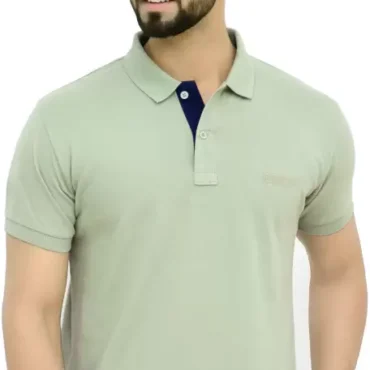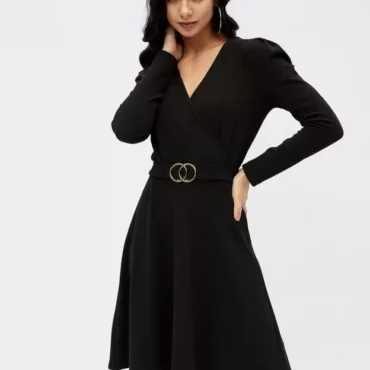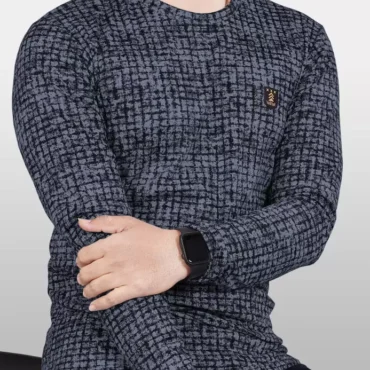- You have no items in your shopping cart
- Continue Shopping



Styles: Men’s clothing traditionally features more structured and minimalist designs, while women’s clothing often includes more variety in terms of cuts, silhouettes, and embellishments. For example, dresses and skirts are typically associated with women’s fashion, while suits and trousers are more common in men’s fashion.
Fit: Men’s clothing tends to have a straighter and more boxy fit, while women’s clothing may be more tailored to accentuate curves. However, this is not always the case, as there are now many options for both men and women that cater to various body types and preferences.
Colors and Patterns: Women’s clothing often includes a wider range of colors and patterns, including florals, pastels, and brighter hues. Men’s clothing traditionally features more neutral colors and simpler patterns like stripes or checks, although this is changing with evolving fashion trends.
Accessories: While both men and women wear accessories, the types and styles may differ. For example, women’s accessories often include handbags, jewelry, scarves, and belts, while men’s accessories may include ties, cufflinks, watches, and wallets.
Cultural Norms: Societal norms and expectations also play a role in shaping men’s and women’s fashion. For example, certain styles of clothing may be considered more appropriate or fashionable for men or women depending on cultural or regional customs.




